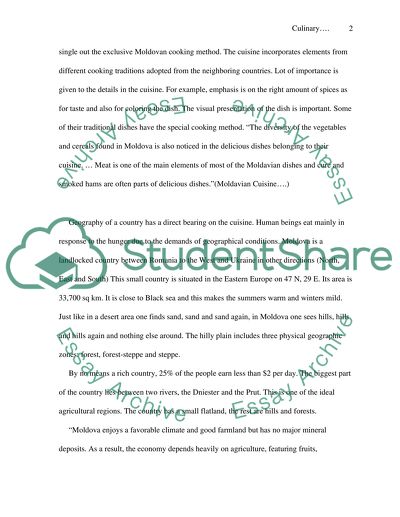Cite this document
(Culinary History of the Republic of Moldova Case Study, n.d.)
Culinary History of the Republic of Moldova Case Study. Retrieved from https://studentshare.org/culture/1557600-culinary-history-of-the-republic-of-moldova
Culinary History of the Republic of Moldova Case Study. Retrieved from https://studentshare.org/culture/1557600-culinary-history-of-the-republic-of-moldova
(Culinary History of the Republic of Moldova Case Study)
Culinary History of the Republic of Moldova Case Study. https://studentshare.org/culture/1557600-culinary-history-of-the-republic-of-moldova.
Culinary History of the Republic of Moldova Case Study. https://studentshare.org/culture/1557600-culinary-history-of-the-republic-of-moldova.
“Culinary History of the Republic of Moldova Case Study”. https://studentshare.org/culture/1557600-culinary-history-of-the-republic-of-moldova.


